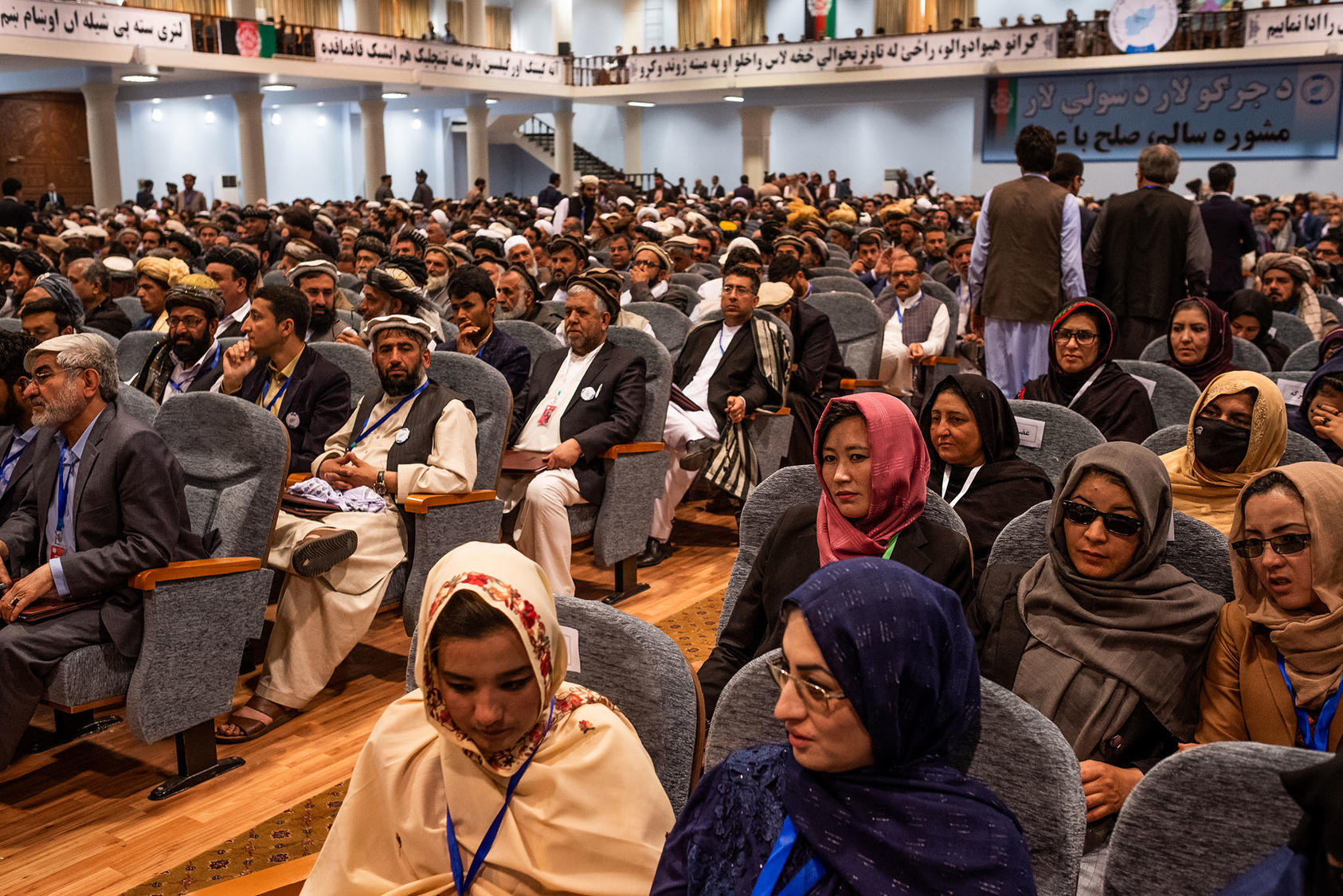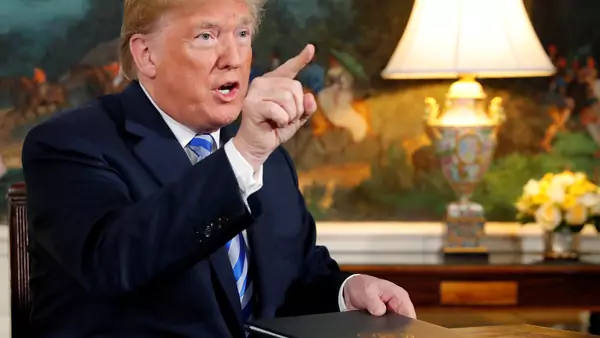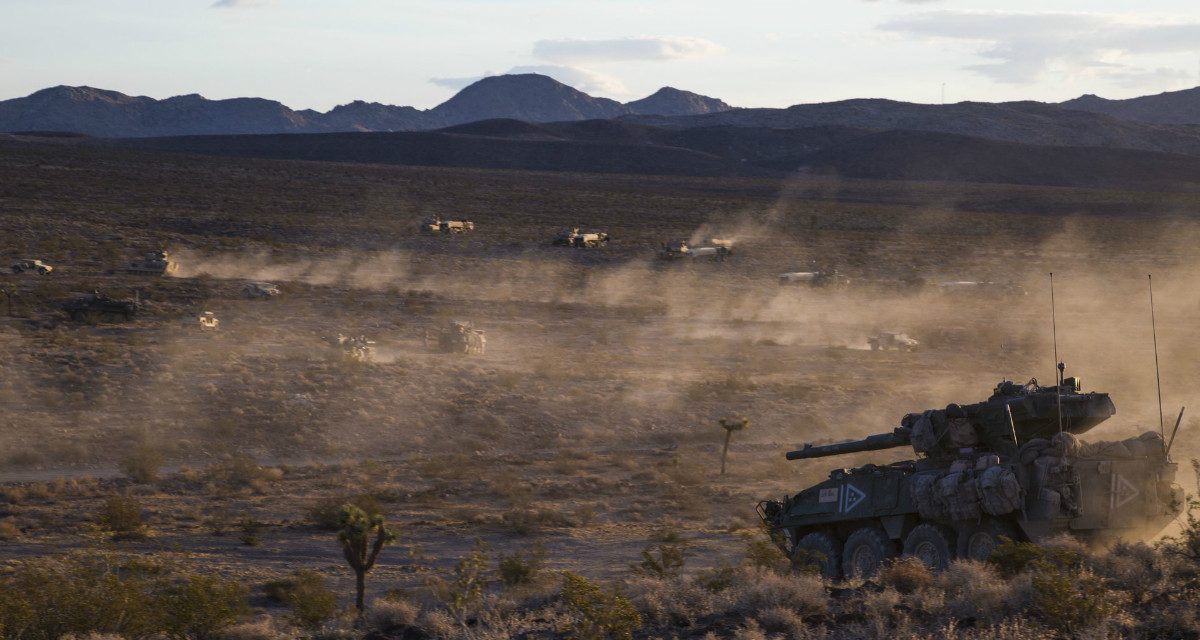BY: Belquis Ahmadi
Just days before U.S.-Taliban talks were put on freeze earlier in September, I was in Istanbul for a negotiations workshop with 25 Afghan women leaders. These women were expected to play an integral role in intra-Afghan talks that would follow a U.S.-Taliban deal. Even though a deal seemed imminent that week, the Taliban intensified their attacks on Afghan civilians and security forces. Meanwhile, these women were hard at work strategizing for peace. But they, and other Afghans I spoke with in a subsequent trip to Kabul, revealed deep trepidation over what a U.S.-Taliban deal would mean for them, their hard-won rights, and the impact a begrudging peace could have on Afghan society.The opening session of the loya jirga, a yearly tribal assembly where some 30 percent of participants are now women, in Kabul, Afghanistan, April 29, 2019. (Jim Huylebroek/The New York Times)
Istanbul: Working for Peace as War Rages on at Home


/arc-anglerfish-arc2-prod-mco.s3.amazonaws.com/public/PILHDH4IMBBJRITRTEVDSNLSCI.jpg)












